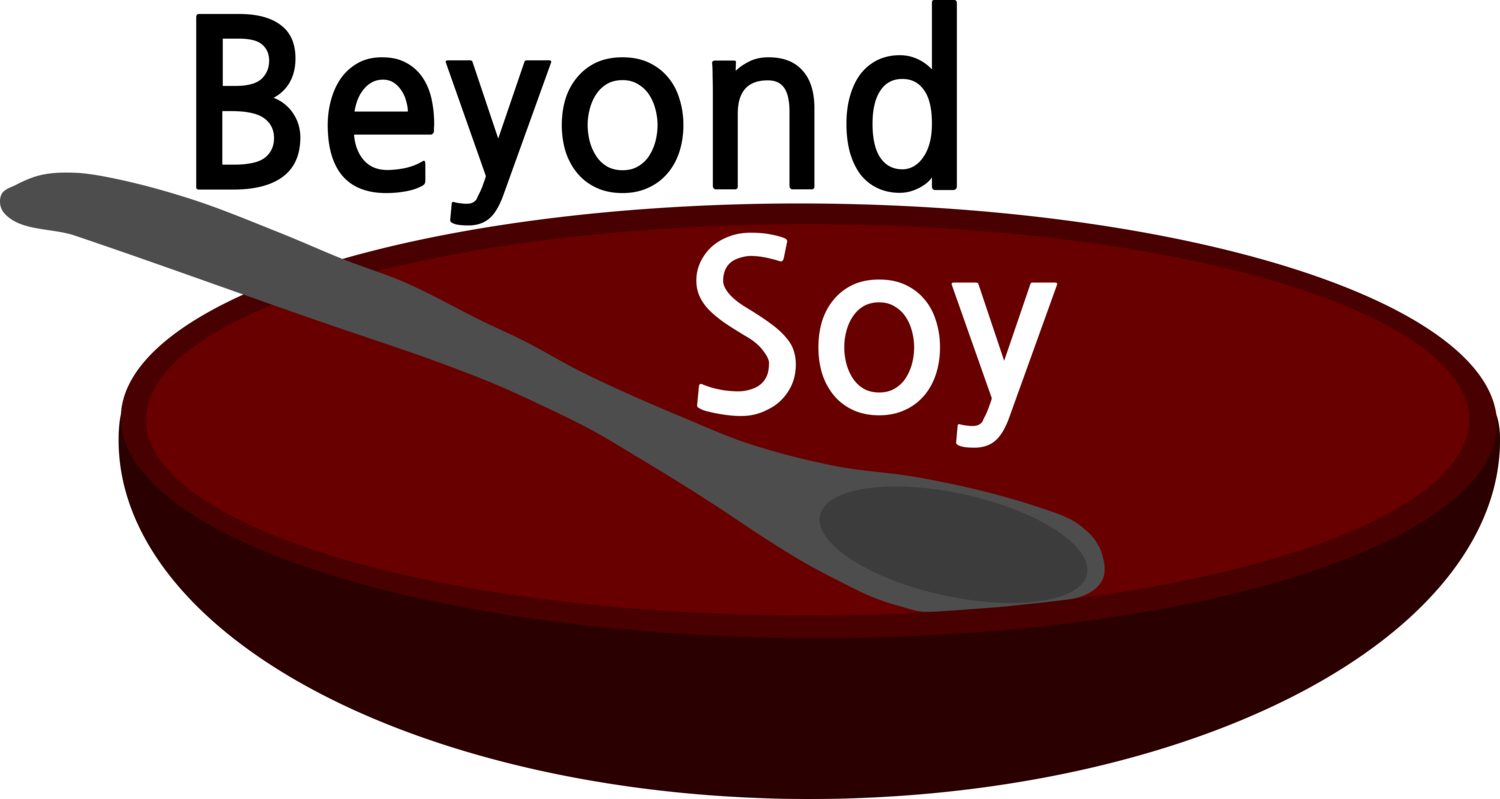Reading Ingredients in a Foreign Language
/Hello! Welcome to Beyond Soy!
Is it possible to identify the ingredients of prepackaged food even when you don't speak the language? Sure! With a bit of preparation and some technological help, the language barrier shrinks when reading product packaging.
Preparation is key when you know that food information will be presented in a foreign language. Before we leave home, we look up the word (and/or characters) for soy in the local language. It can be as easy to understand as "soya" or it can be as difficult as two Japanese chapters that we don't know how to pronounce. Either way, this gives us a reference point for looking at product packaging, and helps us to feel more confident when scanning through text.
Once we know the word for soy (or what it looks like), we then scan product packaging looking for that word. There are a few key tips here. First, allergens are frequently bolded in the ingredient list, so we first look for bold words. Then, we try to find a section of the package that identifies the allergens that the product contains. Even if we can't read the words, it is possible to find this section. It tends to be set apart from other information and have limited text. With some practice it is definitely possible to find it, even if you don't understand anything the text says. Finally, we scan through all the other text on the package, looking for the word or characters for soy. We try to find the ingredient list first, but also check all the text on the package just to be safe.
At any point during this process we could find the word for soy and know that the product contains soy. But if we make it through our read of the product without finding soy then we do one final check: Google Translate.
Using Google Translate to identify food ingredients is a great option for traveling because it provides some assurance that we haven't made a mistake during our read of the ingredient list. We use Google Translate to check for soy, and also to help us to decipher what the product actually does contain. This helps us feel more confident that we have correctly identified what is in the food, and ultimately helps us to find soy-free pre-packaged foods around the world.
Understanding product packaging in other languages isn't actually that difficult. While reading the text might be hard, it is possible to scan for the word for soy to determine if the food is soy-free or not. A little practice goes a long way, so don't be afraid to swing by the grocery store and spend a few minutes checking out the snack aisle on your way to exploring cuisine around the world!










